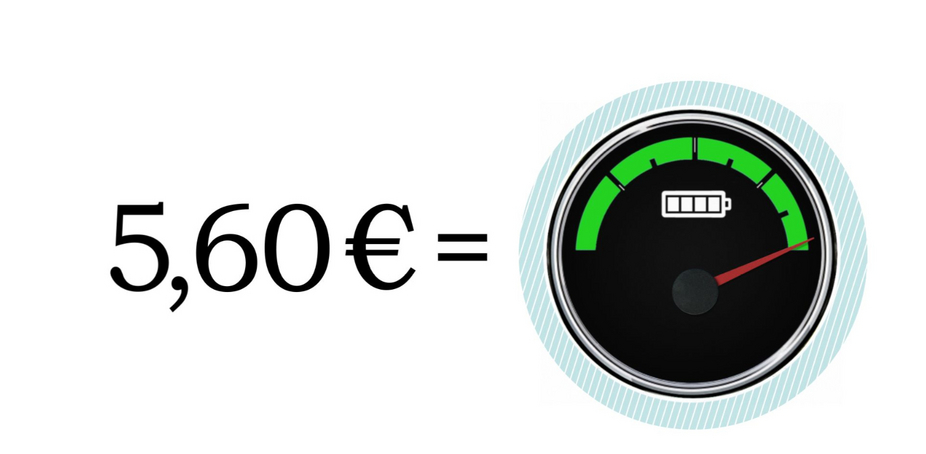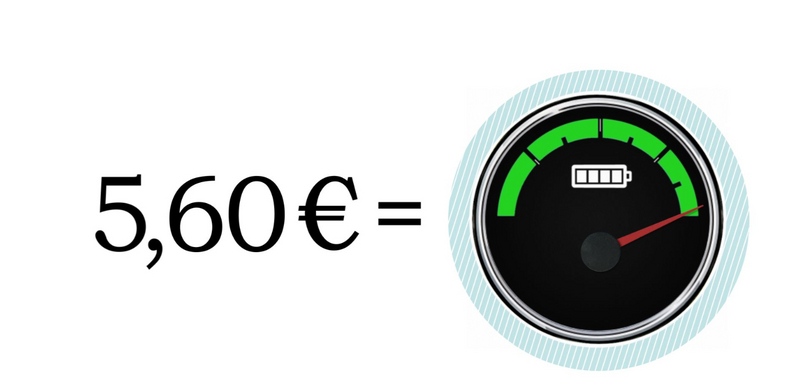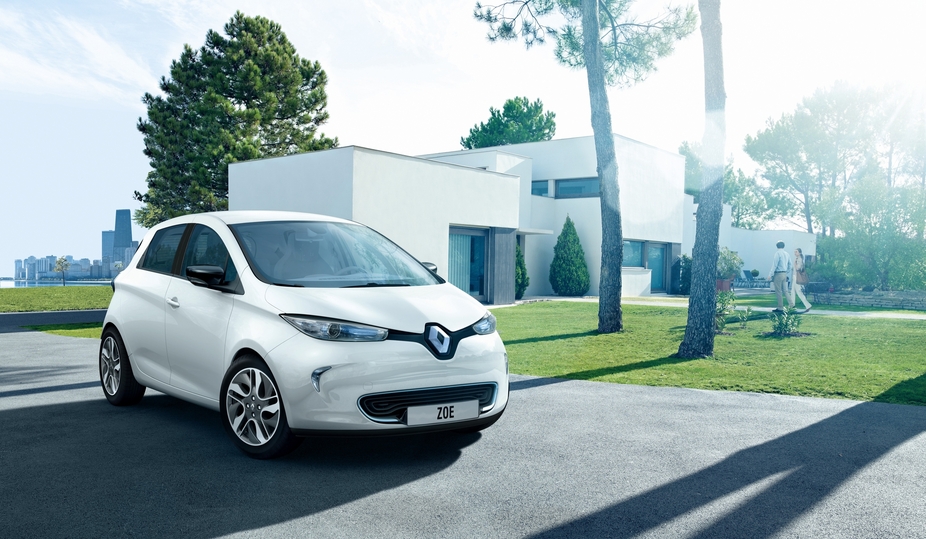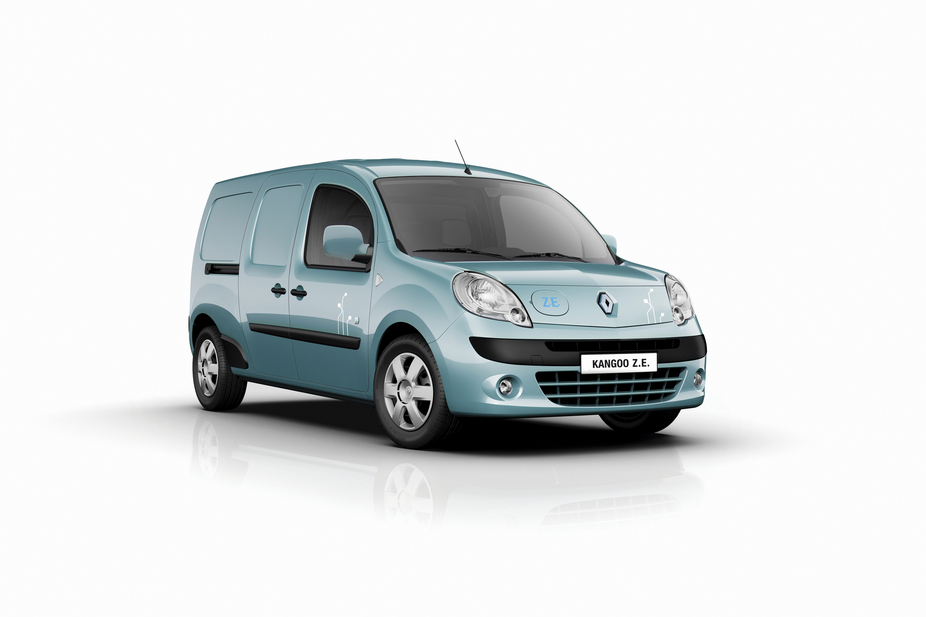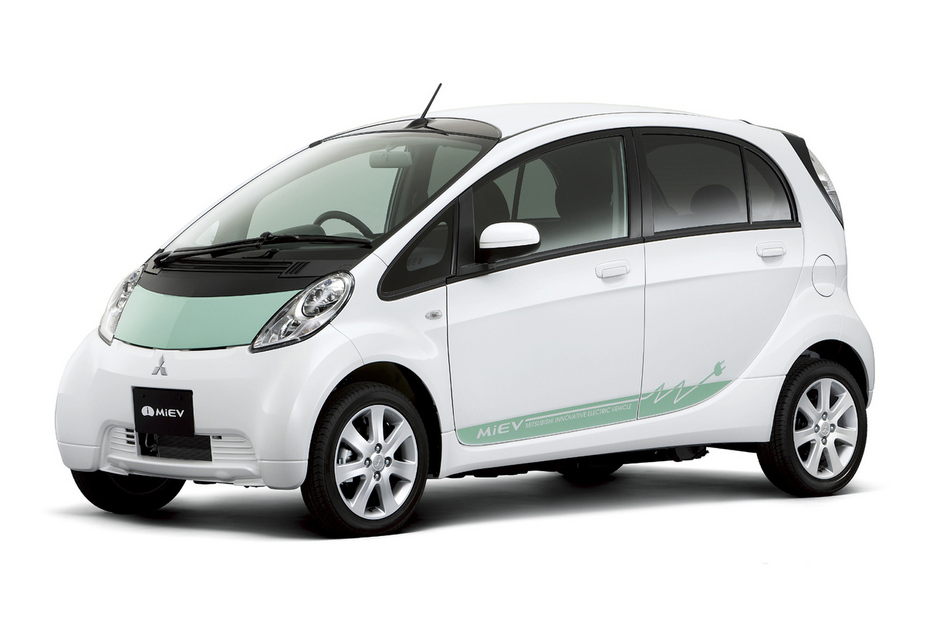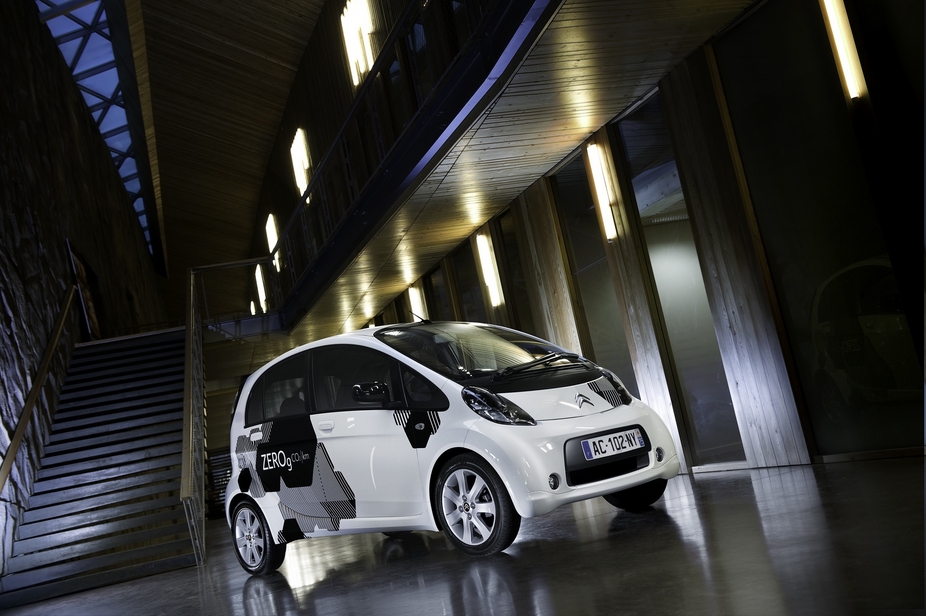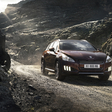|
Send this page to a friend! Fill in the form bellow | ||
news
Study: Electric car owners save service costs
Owners of electric vehicles can compensate high price tag with low ownership costs
The European market for electric cars will, according to a Study by Pikes Peak, experience significant growth over the next years and the experts estimate that by 2020, about 2.9 million of these zero-emissions cars will be seen on our roads. The growth will be fuelled by a much-improved charging-infrastructure that should reach 4.1 million electric charging posts on the continent.
Now, another study conducted by the German Institute for the Auto-Industry hints at further incentive to buyers that could provide a boost to electric cars. The experts found, that the owners of electric cars can expect significantly lower maintenance costs, as compared to owners of combustion-engine cars.
Hence, a higher bill at the dealership may be compensated by reduced expenses for the inspections and repairs - the study claims an advantage of up to 35 percent for electric cars.
The study draws on figures for a subcompact model over the period of 8 years and an annual mileage of 8.000 km.
Owners of diesel or petrol fuelled cars will have to spend about 3.659 euros on maintenance and repairs, the driver of an electric vehicle will get away with just 2.350 euros over the same period.
The researchers explain their findings with the omission of oil changes, the absence of exhaust systems and clutches that usually require repairs or replacement in the conventional cars. Also do the brakes of electric cars wear off significantly slower.
The study concludes, that despite their elevated market price, that is due to the expensive battery technology, the lower maintenance can partly compensate the cost in the long-run.
Remains the question, whether european consumers who are currently feeling their budgets squeezed by the financial crises, will opt for the pricy electric models, when there is a Dacia Sandero available for a fraction of the price.
Cars that electrify us...
...with zero-emissions and reduced running costs. But what about the range anxiety? Can they overcome this concern? And do they offer a decent value for their high price?
Our list gives an overview of the current EVs on the market as well as the upcoming novelties.
Renault Twizy - 6.990 €
The Twizy stands out thanks to its uncommon look and accessable price. Despite its small dimensions, Twizy delivers acceleration in urban traffic, comparable with that of a scooter. The runabout produces an output of 20hp. The lithium-ion battery is charged in three-and-a-half hours and offers a range of 100km. Bold move from Renault but rather a niche-product.
Renault Zoe - 20.000€
The Zoe comes by the end of 2012 - prices for Portugal have not yet been announced but should start just above 20.000. The range is 210km but can drop to 100km with cold conditions. One downside is that buyers have to lease the battery for €79 a month for three years. The battery recharges in a maximum of nine hours. A quick charge to 22kW lasts just one hour.
smart coupé Electric Drive - 24.500 €
On third position when it comes to price we find the smart EV with its 74hp and 120 km/h maximum speed. Charging lasts seven hours and the range is 145 km. Considering that the smart is really a city car, it seems you can get quite far with it. But ouch: the electric costs about twice the amount of the entry level smart!
Renault Fluence Z.E - 26.600 €
Renault is establishing a reputation as electric-mobility pioneer and offers EVs that work for families and businesses. The Fluence Z.E. reaches a top speed of 135 km/h and has a range of about 180 km. The price below 30.000 seems tempting - but make the maths: jusst as with the Zoe you still have to lease the battery for 79€ a month!
Renault Kangoo Z.E. - 27.060 €
With 1300 liter cargo space and 0 liters petrol consumption, the Kangoo Z.E. delivery van looks like a good option for businesses that have their customers within the 170 km range. As with the Fluence Z.E. again, the batery is not included in the price and must be leased at a monthly cost. Wether this pays off? We are not convinced.
Mitsubishi i-MiEV - 35.250 €
Further up in the pricing segment comes the i MiEV five-door EV. According to Mitsubishi, it has a range of 160 km and reaches a top speed of 130 km/h. Charging time is about 14 hours from a 110 volt power supply and 30 minutes from a quick charging station. Bigger than a smart and with the battery included, this seems a family-friendly option.
Nissan Leaf - 35.850 €
Next expensive is the Nissan Leaf, the world's first mass-marketed, zero-emission car. The Leaf is powered by an electric motor that gets its energy from a 24 kW·h lithium ion battery that delivers up to 120 hp. Noteable: The Nissan LEAF received, as first fully electric vehicle, a NCAP five-star safety rating.
Citroën C-Zero - 36.347 €
The Citroën C-ZERO is result of a cooperation between Mitsubishi and the French manufacturer. Technologically identical with the i-MiEV, the electric motor delivers 67hp and is powered by lithium-ion batteries and has a maximum speed of 130 km/h and accelerates from 0 to 100 km/h in 15s. The electric range of this car is 130 km.
Peugeot iOn - 36.350 €
The iOn is another model based on the i-MiEV, powered by an electric motor with 67 hp it reaches a maximum speed of 130 km/h. The iOn is fed by a 16 kWh battery that provides a range of 150 km. A full recharge is made in six hours using a 220 V household supply. A quick recharge via a 380 V electrical supply takes fifteen minutes.
SLS AMG Electric Drive (2013) - 416.500 €
The SLS AMG Coupé Electric Drive is a super sports car and the most powerful AMG high-performance vehicle of all time. Four electric motors produce a total output of 552 kW. The SLS Electric Drive accelerates from zero to 100 km/h in 3.9 seconds and reaches a top speed of 250 km/h. This is a truly sexy electric car we say!
Contribute
latest news




